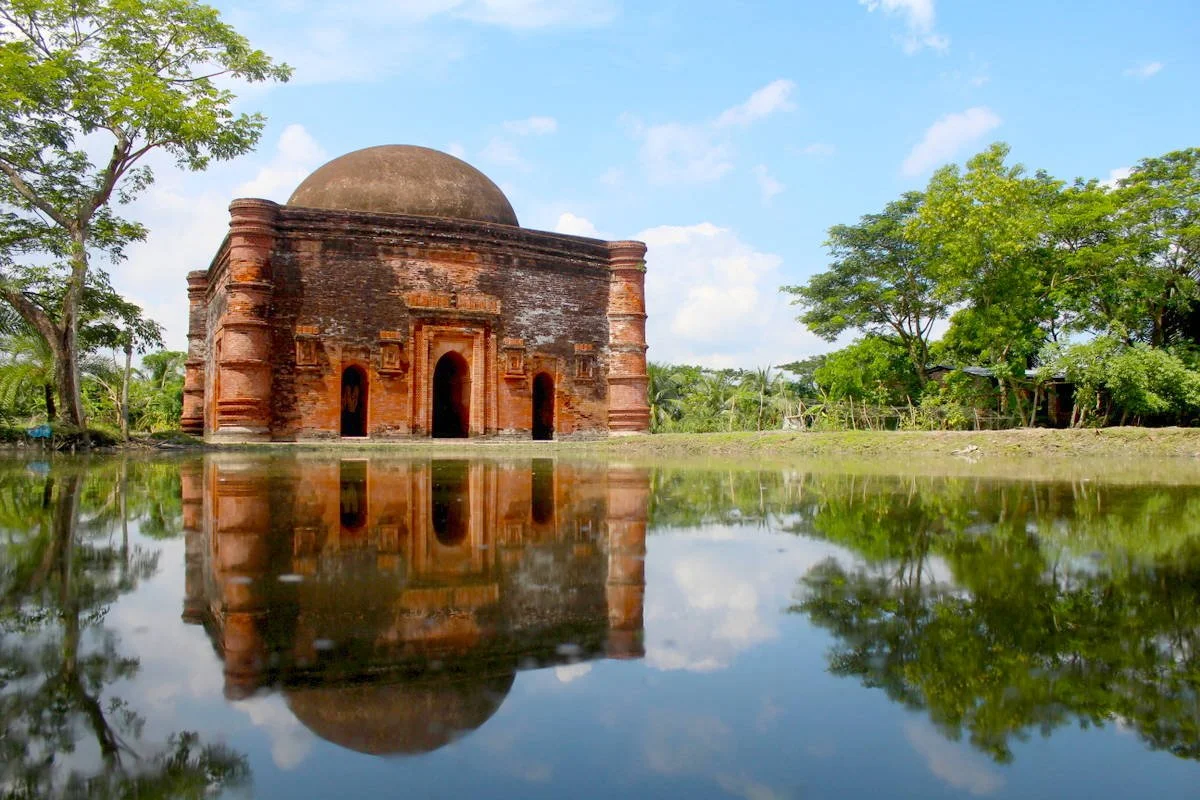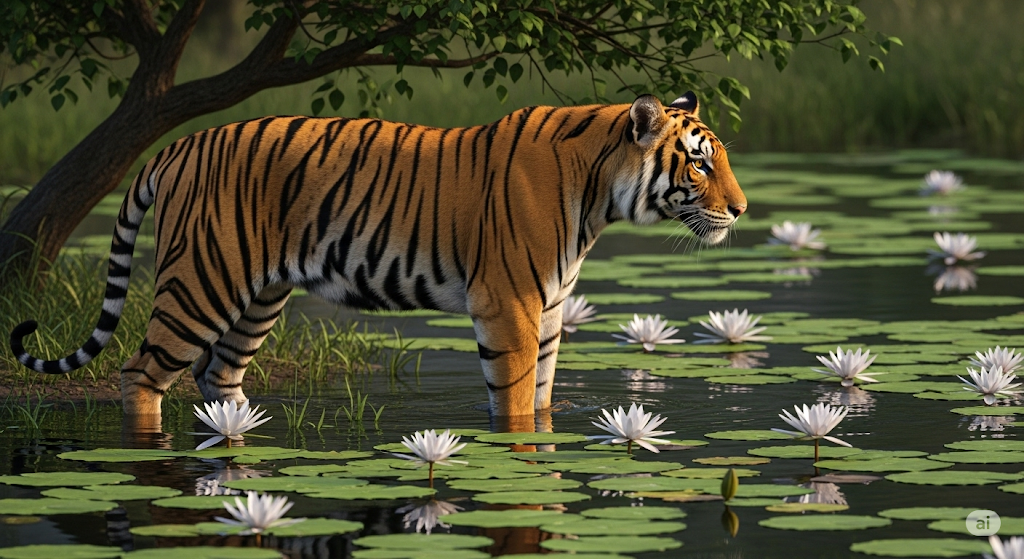
Bangladesh at a glance
Total Area
147.5 thousand sq. km
Population
173 million
Languages
38 major languages
Facts about Bangladesh
The country has a mostly flat geographical landscape, except for the Chittagong Hills that border Myanmar. Most of the country is at an elevation of less than 300 feet above sea level.
It is one of the most densely populated countries in the world, and it is one of the most vulnerable countries to climate change and natural disasters.
The primary language is Bangla (also known as Bengali).
The Historic mosque city of Bagerhat is a UNESCO World Heritage site.
After the resignation of Sheikh Hasina in August 2024, the current interim government is led by Dr. Muhammad Yunus as chief adviser. Sheikh Hasina has fled the country and her administration was ousted.
After the 1947 collapse of British Rule, Bangladesh was formed as East Pakistan. But in 1971 after an extended war period with Pakistan, they gained independence.
Other Notable Facts:
Sundarbans: Home to the Sundarbans, the world's largest mangrove forest, a UNESCO World Heritage Site.
River Delta: It is located in the fertile delta formed by the Ganges, Brahmaputra, and Meghna rivers, giving it the nickname "Land of Rivers".
Bengali Culture: It is the homeland of the Bengali people and the Bengali language.
Muslim Majority: It has the third-largest Muslim population in the world.
Rabindranath Tagore: The national anthem's lyrics were written by Rabindranath Tagore, a Bengali poet and Nobel laureate.
National Symbols: The Royal Bengal Tiger is the national animal, and the white-flowered water lily is the national flower.






